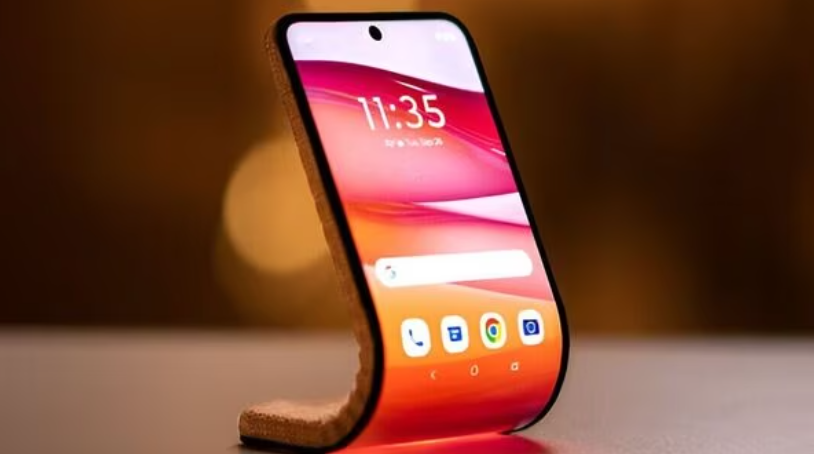New Delhi: The 2024 Mobile World Congress has unveiled a number of pioneering tech advancements, each showcasing unique perspectives on innovation for the evolving consumer landscape. Artificial intelligence (AI), spurred by the ChatGPT craze that began in November 2022, shows no signs of slowing down, finding its way into numerous devices and apps. Brands, in fact, are not holding back, showcasing a wide range of new technologies beyond AI, many of which could actually have practical use cases, and soon.

Google drives generative AI into cars:
On Monday, Google announced a slew of upcoming generative AI initiatives. A key feature will be the integration of its Gemini AI model into Android Auto, offering a range of practical tasks. These include summarizing lengthy incoming text messages and reading them aloud while users are driving, besides generating automatic responses or suggesting actions to minimize driver distractions.
HMD’s Barbie flip phone:
Although HMD Global is shifting its focus away from Nokia after years of trying to revive the iconic Finnish brand, nostalgia still has its place. At MWC 2024, HMD Global unveiled a partnership with Mattel, the creator of Barbie. The collaboration will produce a retro flip feature phone in Barbie’s signature pink, marketed to consumers as a tool for digital detox.
Honor’s AI eye tracking smartphone:
The Honor Magic 6 Pro may seem like an ordinary smartphone, but boasts of what the former Huawei subsidiary claims is AI-powered ‘eye tracking’. Utilizing advanced algorithms and an always-on camera, the device can follow eye movements and launch apps, which promises to be a pioneering user interface in decades. However, it is not clear whether the smartphone will be launched in India, despite being listed on Honor’s India website.
Lenovo’s ‘transparent’ laptop display:
Lenovo’s ThinkBook transparent display laptop boasts a 17-inch screen that can achieve up to 55% transparency at the touch of a button. With this transformation, the laptop’s display resembles screens seen commonly in sci-fi movies. Lenovo claimed that the practical application of such a laptop would be for artists to enhance reality while sketching designs and layouts. However, the device launch could still be sometime away.
Motorola’s bendable smartphone:
Motorola showcased its Adaptive Display concept, previewed in October 2023. The technology presents a display that can function as a standard smartphone or bend into a wrist-hugging smartwatch. While it’s still in early stages, it highlights the potential for brands to innovate even for the largely stagnated smartphone form factor. Additionally, the firm also showcased a rollable-display device that transforms a compact smartphone into a tablet, promising an exciting future for mobile devices.
Samsung Galaxy Ring:
Samsung’s Galaxy Ring offered a glimpse into the future of wearable hardware, presenting a vision where health devices extend beyond just smartwatches. For users preferring analogue-style accessories, they can wear a chronograph, and an innocuous ring that also serves as a fashion statement. The Galaxy Ring concept will be available to users later this year. It will incorporate a health model developed by the University of Georgia to provide users with a comprehensive ‘Vitality Score.’
Xiaomi’s Leica camera smartphone:
Xiaomi, which was the leading smartphone brand in India for five consecutive years until last year, unveiled its latest innovation in collaboration with German camera veteran, Leica. The Xiaomi 14 Ultra smartphone features a 1-inch image sensor, a domain once exclusive to compact cameras, coupled with a variable aperture lens. This advancement will once again bring smartphone photography a step closer to rivaling traditional cameras.


